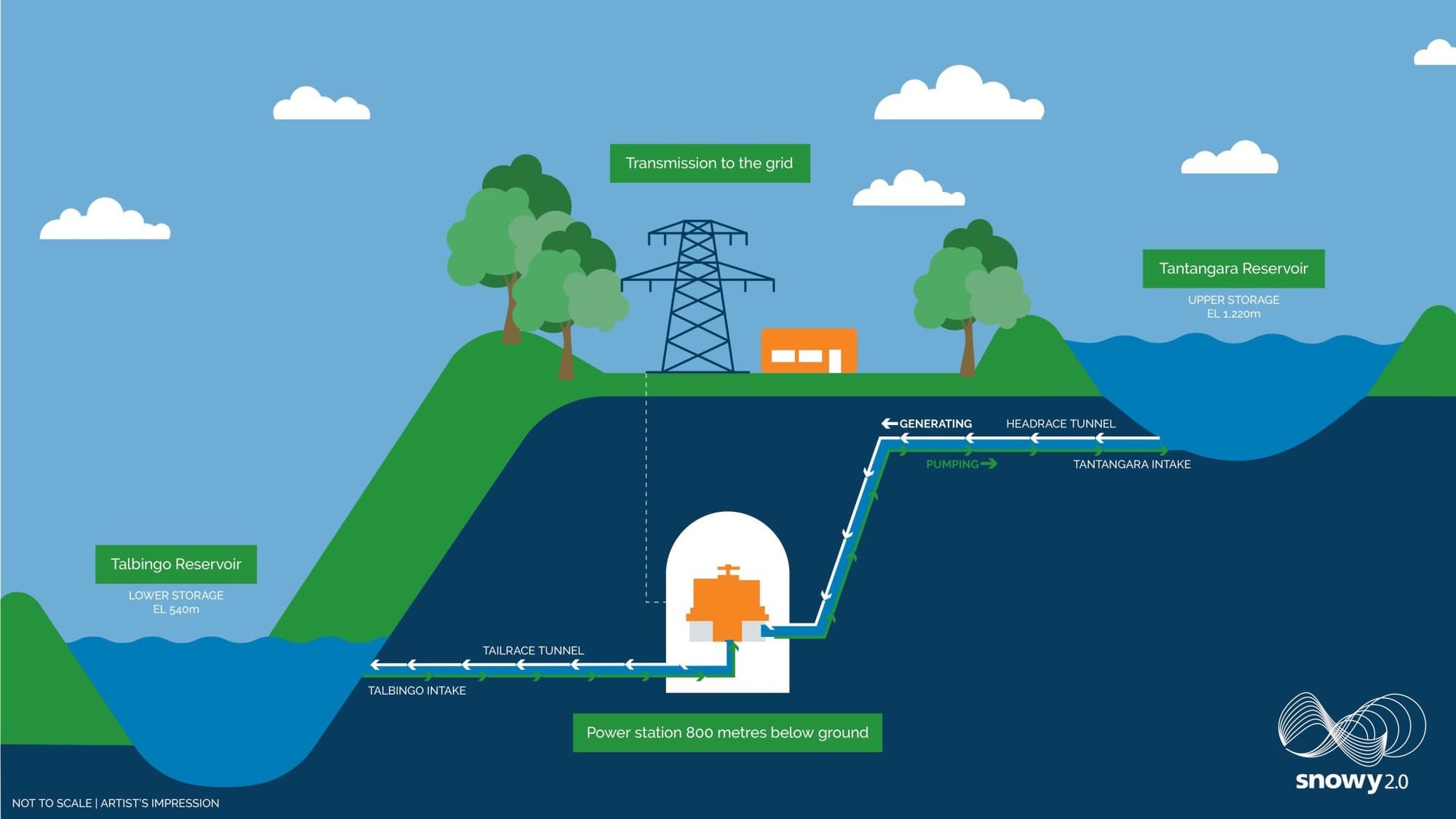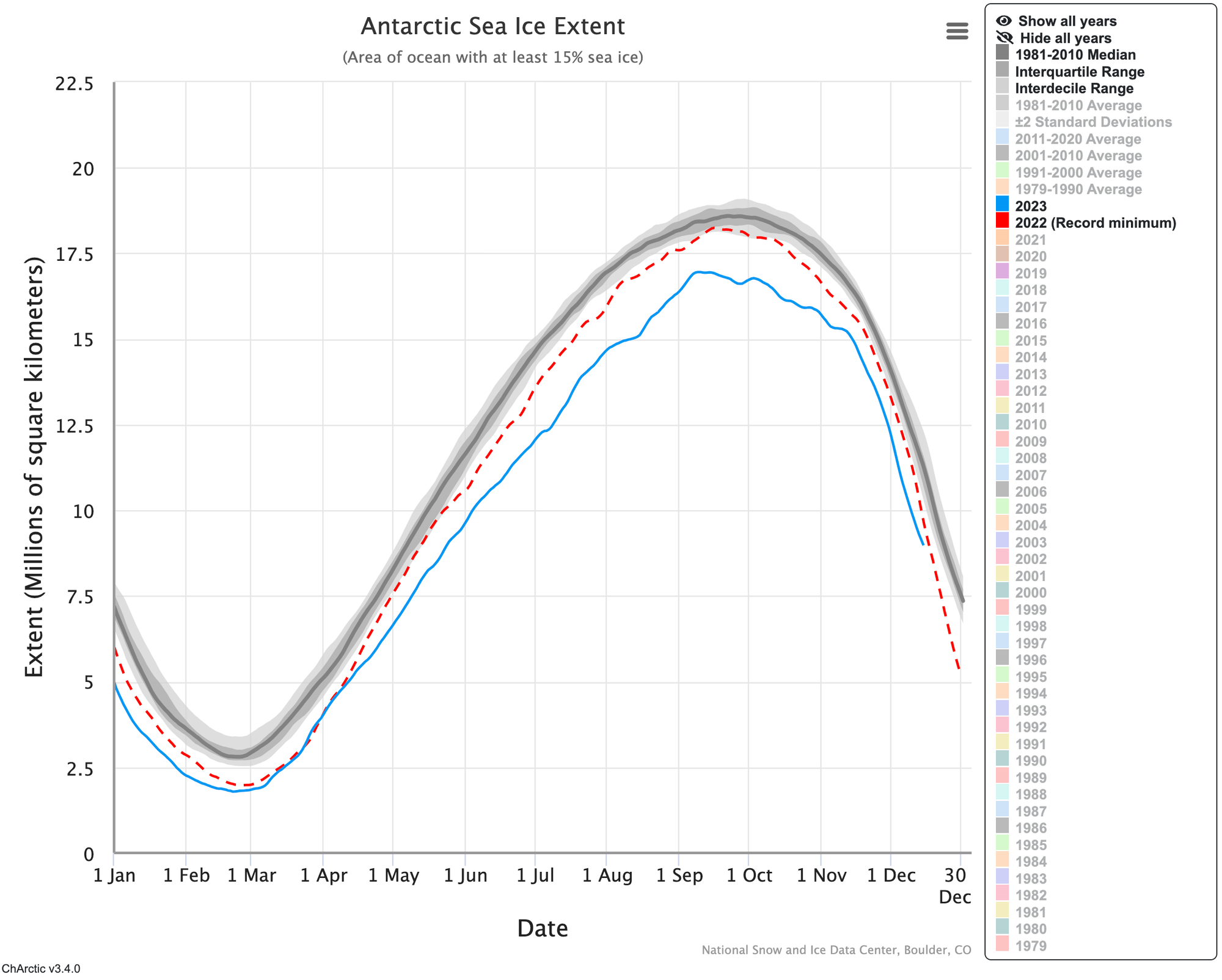Podcast Ep.5 Heads In The Clouds
Our smart phones would be pretty dumb without cloud connectivity. Just how clean and green is this 'cloud' that powers our digital lives?
'Renewables' are THE poster child of the green energy transition. But can they really free us from fossil fuels?

As the frenzy of Christmas bears down upon us, parents across western economies are stretching credit cards to buy the latest version of electronic games, drones, phones and the like for their respective Hopes of the Nation. Most such devices have inbuilt rechargeable lightweight lithium batteries these days. Long-gone are the days of a crestfallen little Jonnie with a new Scalectric track and a Dad feeling an utter failure for forgetting to buy the batteries to run the cars - with no prospect of finding a shop open on Christmas day to acquire some. Lucky us!
Unfortunately, the same can’t be said of Germany as a cold winter blows in over Europe. Sliding from stagflation to outright recession, Germany is the exemplar of a ‘renewable’ energy policy gone awry. Put simply - they overlooked the label on the wind and solar box - the one saying ‘batteries not included’.
With limited access to natural gas since Russia invaded Ukraine and the shutdown of their last remaining nuclear power plants, Germany is digging up lignite to supplement its power supplies. Lignite is a fuel barely past the wet rotten wood stage on its evolution into coal. Literally the worst form of the worst kind of fossil fuel in terms of greenhouse emissions.
But how did Germany get the Green Economy transition so wrong? It is not as though German meteorologists don’t know that there are times when the wind doesn’t blow much and the sun doesn’t shine (here in Australia we have a daily low-solar output phenomenon we call ‘night time’).

Intermittents rather than renewables
Perhaps a part of the reason lies in the mislabelling of wind and solar power technologies as ‘renewables’.
As night follows day, in practical terms, the sun and wind are not renewable; they are intermittent power sources that fluctuate in power production as the weather changes and clouds cross the sky. A better collective term for wind and solar power technologies may be ‘intermittents’ rather than renewables - if only to remind ourselves that they will always need backup and batteries. Batteries and backup power are needed to smooth out the fluctuations in power output by these intermittents, store excess energy to resupply back to the grid and provide backup power during periods of prolonged wind or solar power shortfalls.
One way to look at the intermittents’ backup and batteries issues is to examine what options are available or emerging for different backup and storage timescales. Different options exist for timescales less than a few hours (intraday buffering), for short-term days-to-weeks storage, or for longer timescales, such as throughout a cold dark European winter.
Intraday buffering
The easiest wind and solar power output issue to manage is intraday power output fluctuations. Grid-scale lithium batteries are already used to buffer fluctuations in wind and solar power output on milli-second to several-hour timescales. Several hours’ worth of typical-use battery storage for a large population centre also allows shifting the usage curve for solar power from the hours of greatest output - the four hours straddling midday - to the highest demand hours of the day - the four hours of the early evening. Multiple alternative battery technologies to lithium are likely to come on stream for intraday buffering over the coming decade or two. There is no particular requirement to use lightweight, expensive, battery technology like lithium for a grid-scale battery installation. Grid-scale batteries are not being driven anywhere. Alternatives include mechanical batteries, such as spinning heavy flywheels, sodium chemistry batteries and redox-flow batteries.

Days to weeks storage and backup
A thornier issue is low-carbon backup and storage for timescales longer than a few hours. Scaling any of the battery technologies mentioned above to supply several days worth or a couple of weeks energy storage is expensive.
Non-fossil fuel technologies suitable for short-term backup of intermittent wind and solar power include geothermal and hydroelectric power. Both technologies can be ramped up or down relatively quickly in response to wind and solar power fluctuations. Both also offer baseload power supply. Unfortunately, not all locations on the planet have access to cost-effective geothermal or hydroelectric energy resources, although recent advances in enhancing geothermal power production may see geothermal spread more widely in coming decades.
Weeks to months storage and backup
Pumped hydro storage, where excess intermittent production is used to pump water ‘back up hill’ and then released the water back through a hydroelectric generator when needed is one of the few proven, non-fossil fuel, grid-scale technologies that can offer long term energy storage.
Snowy 2.0 is an Australian grid-scale example due for completion before the end of the decade (estimated cost in excess of $12 billion AUD). Tunnelling is underway to link two dams within the Snowy River Hydroelectric complex in the Australian Alps to store and release wind and solar energy. Again, not all energy grids on the planet have suitable locations to place a pumped hydro solution networked to both the grid and sources of wind or solar power.

As an alternative, there is an emerging focus on developing heat stores as a means of storing solar and wind energy; given heating - both domestic and industrial - is a major power consumer in countries with cold winters. A novel example is the eight megawatt-hour sand 'battery' in Kankaanpää, a town north of Helsinki in Finland. Some 100 tonnes of sand in a large steel silo is heated with hot air. Months later, cold air can be circulated through the hot sand to extract the heat and distribute it to homes, offices and the local swimming pool.
Going nuclear
Nuclear power works most efficiently when allowed to run as baseload rather than a rapid response power supply. This means most grids with both nuclear and intermittent wind and solar power generation will always need an additional form of power generation, typically fossil fuelled, to act as a buffer to wind and solar power fluctuations - at least until grid-scalable days to weeks energy storage options become widely available. In France, the UK and Canada, increasing nuclear baseload power by renovating nuclear power plants and adding more plants is planned; notwithstanding ongoing technical issues (small modular may not be better and old plants are hard to renovate) and fuel security issues (where from if not Russia?).
Fossil fuels remain at the heart of the energy complex
COP28 calls for us to ‘transition away’ from fossil fuels and treble wind and solar power by 2030. Unfortunately, trebling these intermittents can only be achieved by increasing fossil fuel consumption in all its forms. Despite all the options discussed above, the unfortunate reality is that most grid-scale wind and solar installations, owing to their intermittency, are backed up by whatever local power generation technology is cheapest - usually fossil fuels.

To be fair, in many cases, our intermittents are backed up by natural gas - a relatively ‘clean’ fossil fuel. However, irrespective of COP28's well-meaning communique, coal power generation - the dirtiest form of fossil fuel consumption - continues to grow worldwide.
Business as usual will see India and China add the equivalent of the entire USA coal power generation capacity in just a few years. Coal power is used by these manufacturing hubs for high energy processes. Processes like high temperature solar cell manufacture and energy-intensive rare earth extraction & refining. Rare earths are vital for wind turbine and electric vehicle manufacture.
I will explore in greater detail our realistic options to reduce fossil fuel burning in future posts. TLDR: intermittent wind and solar are likely only suitable to play a support role in places without abundant wind and solar resources.
Until next time, I suggest keeping abreast what is happening in the Arctic and Antarctic.
Things are warming up... and will continue doing so.

Subscribe to thisnannuplife.net FOR FREE to join the conversation.
Already a member? Just enter your email below to get your log in link.